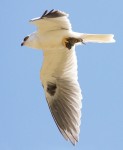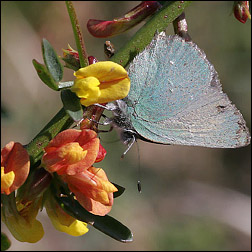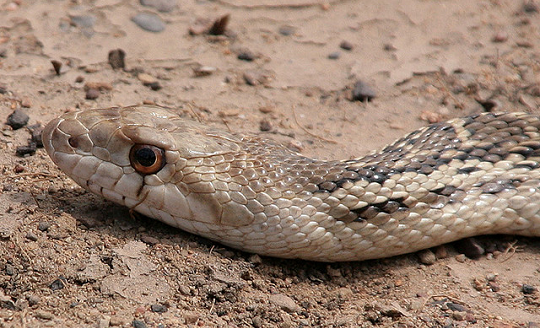2014 … AN EXCITING YEAR FOR MMPC!
Updated Web Site
As a fitting symbol of welcome to the new year, our updated and completely revamped MMPC website went “live” very early 01/01/2014. The power of its new WordPress format was wonderfully proven all throughout this past amazing year. New formats, layouts, search tools, clear links and additions made our award winning website even better than ever. And, one of the most exciting changes, is that the MMPC website can now be read using mobile devices! This means you can read the monthly news … at a glance … from your cell phone. Many thanks and kudos go to Lynn Watson, our web site manager, for all the hours and hard work it took to bring about this transformation of our site. For full details see the January 2014 News.
More Mesa Symposium
The second More Mesa Symposium was held at Bren Hall of UCSB on March 15th. Feedback was overwhelmingly positive and the day greatly appreciated by all. Attendees heard a variety of papers by a team of experienced environmentalists including: Wayne Ferren on ecology, John Storrer on raptors, and Dan Gira on the potential for development of More Mesa. Displays told several additional More Mesa stories, and our Speaker Panel Discussion gave the community an opportunity to ask questions of this prestigious group of More Mesa experts.
For those who were unable to attend, as well as those who want to review the presentations they heard, the entire 2014 Symposium is available on our web site. These six separate videos include, a brief introduction to the Symposium, four presentations from experts on More Mesa and the Panel Discussion that ended the morning session. Symposium presentations may be found in the “Events” section here.
More Mesa Forever Campaign
MMPC has become aware that several proposals are currently being evaluated for development of More Mesa. And although the owner has not yet elected to go forward with any of these proposals, a decision may be made in the near future.
This intelligence led us to launch the More Mesa Forever Campaign last fall. With this campaign we will develop a public/private partnership that will permit us to purchase More Mesa and establish a plan to continue its broad and diverse use, its sound maintenance and also improve its wildlife habitat. We have taken the lead in the first stage of this campaign, which we call the Ready Position. We truly believe that now is the time to act quickly to preserve More Mesa, “the last great place” in Santa Barbara, for our children, for the wildlife, and forever.
Plans for the 2015
- Complete the three remaining critical steps in the “Getting Ready” Phase of our More Mesa Forever campaign. These are:
- Enlist a volunteer grassroots force of 1000 or more supporters. (We are already very close to this support level.)
- Establish critical relationships with county and state decision-makers and funders.
- Develop both a plan to save More Mesa and a citizen-driven plan for its use.
- Raise $25,000 in seed money for this effort. (Thanks to caring and generous friends, we have already raised the seed money.)
- Continue working with More Mesa’s owner in a manner that not only protects the biological, aesthetic and recreational resources of More Mesa, but also addresses his interests, as well as those of other More Mesa stakeholders.
As always … thank you all for your wonderful support, and for loving this very special place.
Our warmest holiday wishes,
Valerie Olson,
More Mesa Preservation Coalition.

Thanks to John Bailey for the photo of a White-tailed Kite on More Mesa.








